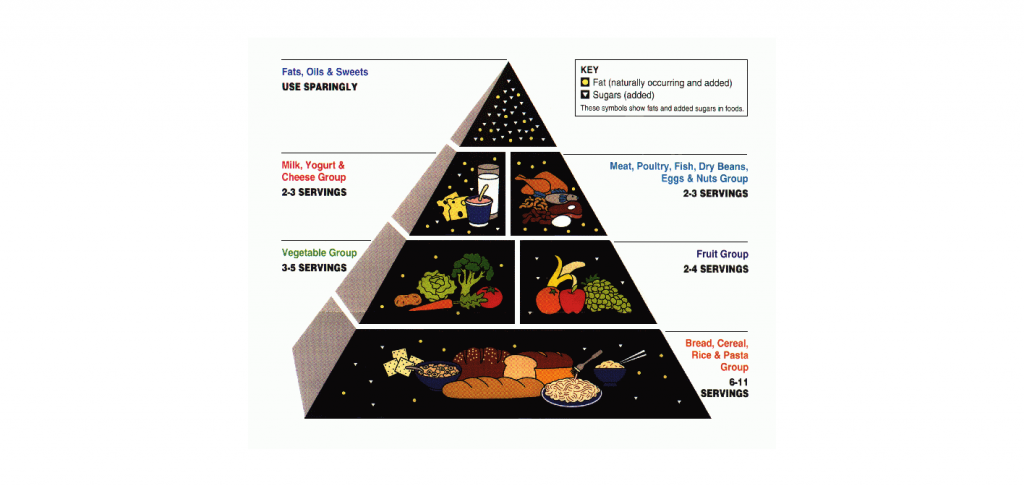
Ten Great ways to optimize health and natural body weight base.
According to recent statistics, our eating habits—the foods we eat and drink and those we avoid—play a major role in preventing 4 of the 10 leading causes of death in the developed and developing world.
These include heart disease, cancer, stroke, and diabetes. In addition, one in four adults has high blood pressure, a leading contributor to stroke, heart attack, kidney failure, and premature death.
Mounting scientific evidence supports a link among diet, health promotion, and disease prevention. Improved nutrition has the potential to prevent or delay many diseases often associated with advancing age. With prevention of illness comes the possibility of reducing health care costs.
One of the main nutrition objectives is to promote health and reduce chronic diseases associated with diet and obesity. Keys to achieving the right weight and good health lies is following simple but proven methods.
Physical Base
1.Be physically active each day
This statement sound cliché ,but the fact of matter is that to avoid diseases and to have right weight management their no other way but to be physically active every day of your life. Everyone—young and old—can improve their health by being more active. Choose activities that you enjoy and can do regularly.
Although you will gain more health benefits with high intensity exercise that lasts 30 minutes or more, low-to-moderate activities can be part of your routine. For some people, this means fitting more activity of daily living into your usual routine.
This could include using the elevator less and using the stairs more, parking farther from rather than closer to your destination, gardening, or golfing without a cart. For others, a more structured program might be preferred, such as at a worksite or health club. Whichever you choose, the goal is to include at least 30 minutes of activity every day.
2.Key guideline for achieving the physical activity are following :
- Physical activity should be performed regularly. Include a minimum of 30 minutes of moderate physical activity (such as brisk walking) on most, if not all, days of the week. For most people, greater health benefits can be obtained by engaging in activity that is more vigorous or of longer duration.
- Sedentary people should start with short durations of moderate activities and gradually increase duration or intensity.
- Physical activity should be supplemented with strength-enhancing exercises at least twice a week to improve musculoskeletal health, maintain independence in performing the activities of daily life, and reduce the risk of falling.
- Consult with a physician before beginning a new physical activity program if you have—or are at risk for—a medical condition (such as heart disease, high blood pressure, or diabetes), or if you are a man older than 40 years or a woman older than 50.

Optimum weight base
3.Let the Pyramid guide your food choices
Your body needs more than 40 nutrients and other substances for good health. No one food can give you all the nutrients your body needs, no matter how much you enjoy it or how nutritious the food is. By eating a wide variety of foods each day, you will keep your meals exciting and you will achieve the balance of nutrients that best ensures good health.

The Food Guide Pyramid was developed by the U.S. Department of Agriculture.
The pyramid incorporates many principles that emphasize a plant-based diet that is low in fat, high in fibre, and rich in important vitamins, minerals, and other nutrients. All of these factors contribute to optimal health and help you to control your weight and to reduce the risk of heart disease and some types of cancer.
The arrangement of the food groups in a pyramid shape calls attention to the kinds of foods to eat more of and those to eat in moderation.
4.Choose a variety of grains daily, especially whole grains
Choosing a diet rich in grains, especially whole grains, reduces your risk of many diseases. These foods provide different types of vitamins, minerals, and fibre, as well as phytochemicals—important plant substances that may be beneficial to health.
Rely on a wide variety of these foods rather than supplements as your source of nutrients, fiber, and phytochemicals. Aim for 6 servings each day—more if you are very active—and include several servings of whole-grain foods.
5.Choose a variety of fruits and vegetables daily
Fruits and vegetables are essential in your diet. They provide many vitamins, minerals, phytochemicals, and fibre, and they are low in calories and provide no fat. The goal is to have at least 2 servings of fruit and 3 servings of vegetables every day. Variety is important. Choose different colours and kinds of fruits and vegetables.
6. Keep foods safe to eat
Food safety is vital. It starts well before you purchase food. However, the steps you control also make a difference. They include making sure you have clean hands and work surfaces—before and during the handling of food.
Take care to separate raw, cooked, and ready-to-eat foods at all times. Keep hot foods hot and cold foods cold. Make sure to cook food to the proper temperature. Refrigerate perishable foods and leftovers promptly. Follow the dates on containers. And finally, when in doubt, throw it out.
7.Choose a diet that is low in saturated fat and cholesterol and moderate in total fat
Fat is a nutrient that is essential for health, but too much fat in your diet, especially saturated fat, increases your risk of several diseases, including heart disease. Most important, learn to identify the sources of fats, saturated fats, and cholesterol, and make healthful food choices.
8.Choose beverages and foods to moderate your intake of sugars
Some foods that contain natural sugar (such as fruits, vegetables, and milk products) also contain essential nutrients. Others, such as table sugar, sugar-sweetened carbonated beverages, candy, and some baked goods, supply calories but few other nutrients. When consuming sugar, moderation is key.
9.Choose and prepare foods with less salt
Sodium, a nutrient, is a major part of table salt (sodium chloride).It is found naturally in many foods in small amounts. Salt and sodium compounds are also added to processed foods, and salt may be used in cooking or added at the table. Reducing sodium intake lowers high blood pressure in some individuals. Moderation in sodium intake is recommended.
10.If you drink alcoholic beverages, do so in moderation
Alcoholic beverages (beer, wine, and hard liquor) are a source of extra calories. When consumed in excess, alcohol can impair judgment, result in dependency, and lead to several serious health problems. However, evidence suggests that a moderate intake of alcohol is associated with a lower risk of disease of the heart and blood vessels (cardiovascular disease) in some individuals.
